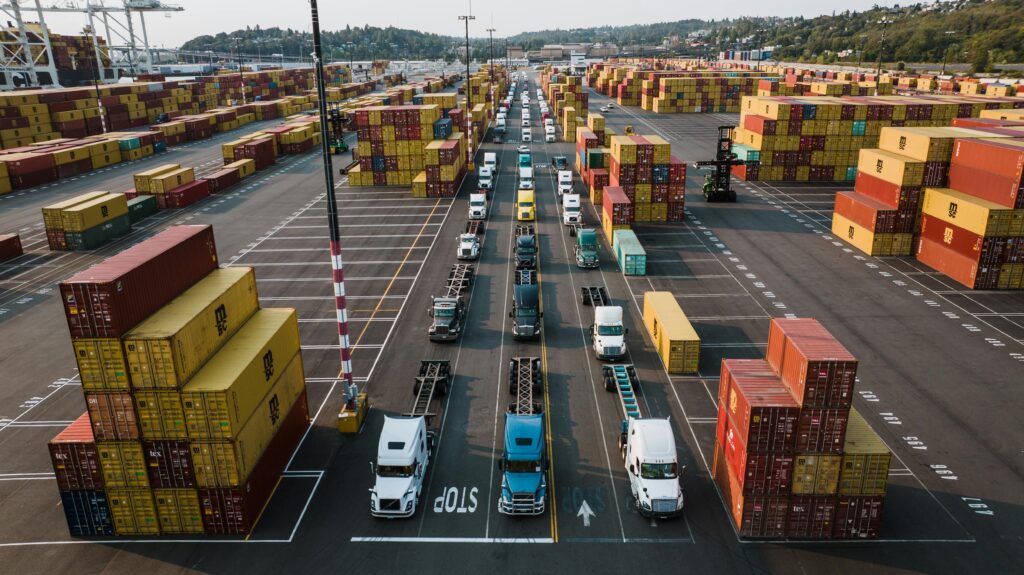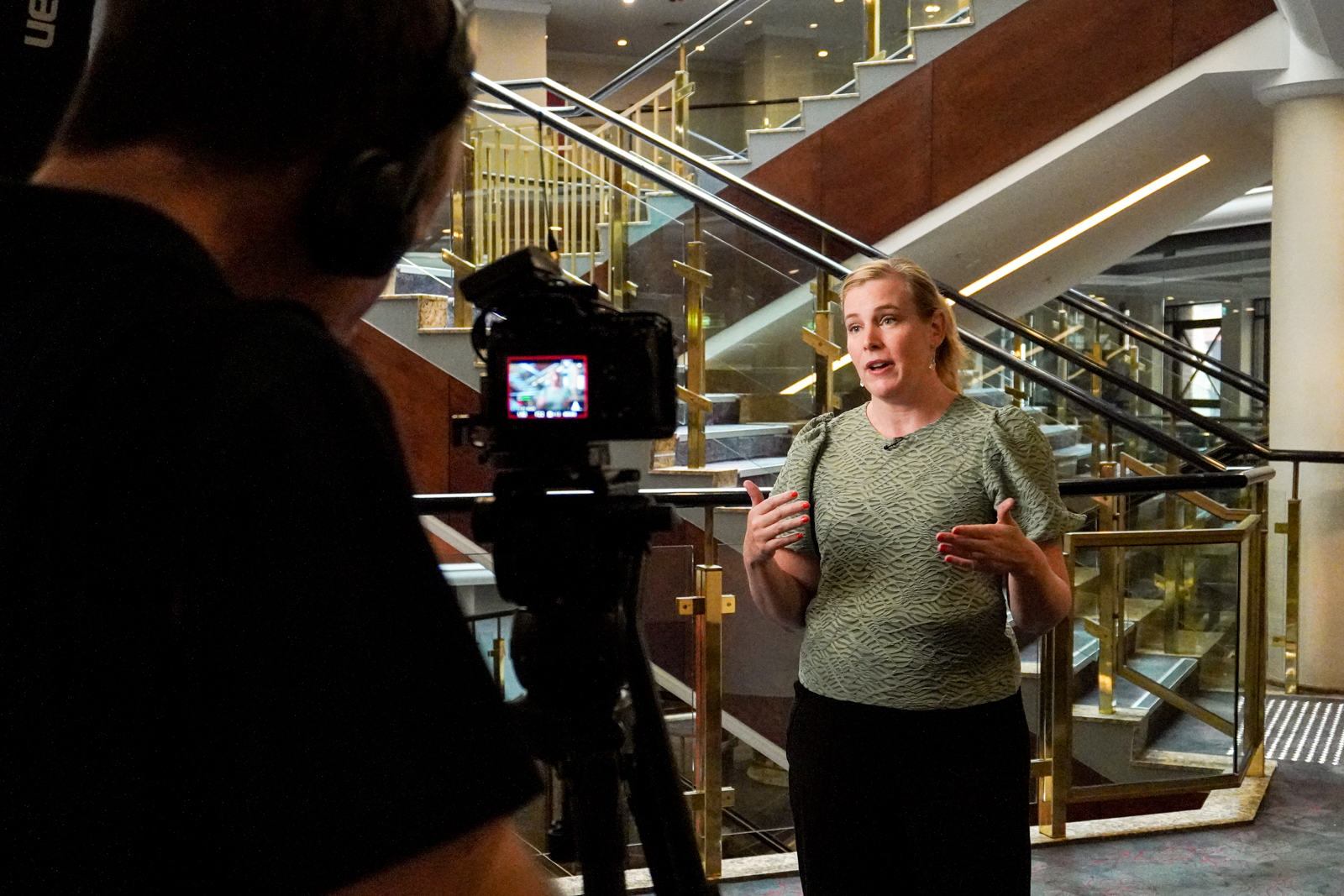Decarbonising heavy transport is critical to net zero journey
Sita Holtslag discusses the critical role of decarbonising heavy transport in Australia, exploring innovative strategies, sustainable solutions, and the path towards reducing emissions in the logistics and transport sectors.

A whopping four billion tonnes of goods move through Australia’s road networks each year within the heavy transport sector.
Each metre travelled by these heavy vehicles, sees carbon dioxide (CO2) emitted into the atmosphere, contributing further to climate change.
The heavy transport sector makes up 44% of Australia’s total transport emissions. Without change, these emissions could slow the country’s clean energy transition.
With a growing population and slow commercial uptake of EVs across the nation, heavy transport emissions are projected to increase dramatically by 16% by 2040, according to Australia’s Emissions Projections 2024 from the Department of Climate Change, Energy, Environment and Water.
There is a wide held belief within this sector will be difficult to decarbonise but Sita Holtslag, Europe’s Director for CALSTART, wants to challenge this narrative.
Holtslag appeared recently as a keynote speaker at a recent ARENA’s Insights Forum. She believes Australia’s heavy transport sector is well set up to embrace change and decarbonise.
‘Typically, difficult sectors to decarbonise are maritime and aviation, which don’t currently have the technology required for 80% or more of their trips, however the technology is already there for trucks,’ Holtslag said.
“We have the solutions, and they are already in use in many other countries. Bringing that message to Australia is what motivated me to come here”, she added.
Holtslag leads the Drive to Zero activities in Europe and is a leading expert on decarbonising the heavy transport sector.
Current challenges
Over the past year, the heavy vehicle segment of the market has grown in relation to battery electric vehicles (BEV). This is particularly true in terms of vehicle availability, cost and infrastructure.
Despite the growth, significant hurdles remain for Australia when looking into decarbonising its heavy transport sector.
These hurdles are:
- Total cost of ownership (TCO): The total cost to own and run a BEV remains at least 30-50% higher than diesel equivalents, with limited financing options currently available.
- Grid capacity: As more electric vehicles take to the road, especially in rural areas, setting up high-power charging sites to meet EV demand may still be constrained by available grid capacity. ARENA is focused on ensuring that EV charging rollouts are done in a way that smooths the grid integration in the long-term.
- Regulatory reform: Australian design rules around width limits and axle mass are also barriers to wider adoption for electric and hydrogen trucks. Regulatory reforms will be crucial to allow the industry to shift to alternative fuel vehicles.
- Consumer expectations: As businesses begin focusing on their supply chain emissions, they may start pressuring logistics firms to adopt low-emission options. This creates an opportunity for businesses that are prepared to pay a green premium for sustainable freight solutions.
Knowledge gap
One of the biggest challenges Australia will face, according to Holtslag, is the knowledge gap presented by the pace of the transition. Projects already on the road are starting to close this gap and provide valuable insight to investors interested in the technology.
“6-10 years ago, the thought of electric trucks was inconceivable to many in the industry. Now, these projects are hitting the road,” said Holtslag.
“We’re not just talking about pilots anymore; we’re in series production. This is a systems change, and it will need all stakeholders in the ecosystem to change together. In the end, it’s the connections between people that make things progress”, she said.

The next step in Australia is to increase the uptake of emissions-free heavy transport vehicles on nationwide commercial scale. ARENA’s role is to reduce the barriers to adoption of BEVs in the country.
The opportunity and ARENA’s work
In 2022, ARENA funded Team Global Express (TGE).
The money was awarded so TGE could begin work toward the roll-out 60 battery-powered delivery vehicles. Each vehicle is part of its express parcels fleet based in Western Sydney. It was one of the biggest electric truck trials in the world.
TGE’s Depot of the Future delivered meaningful insights to help overcome barriers in large-scale integration in fleet operations, using the grid when electricity prices are low and switching to their on-site battery to charge the trucks when prices spike.
Heather Bone, TGE’s Director of ESG, shared insights of the project at the latest ARENA Insights Forum in November 2024. The room was filled with over 150 industry stakeholders. A summary of the event and each presentation is available in ARENA’s Knowledge Bank.
Projects like TGE’s and finding solutions to the challenges Holtslag outlines, are a core focus behind additional funding from ARENA. The funding is an additional $100 million from ARENA’s Driving the Nation portfolio.
The money will be provided to projects that build on these initial trials and continue to reduce the barriers to BEV adoption for heavy vehicles.
Funding also looks to support innovation like charging infrastructure, which will benefit the rollout of all types of EVs.
Learn more about Driving the Nation funding opportunities, here.

ARENA